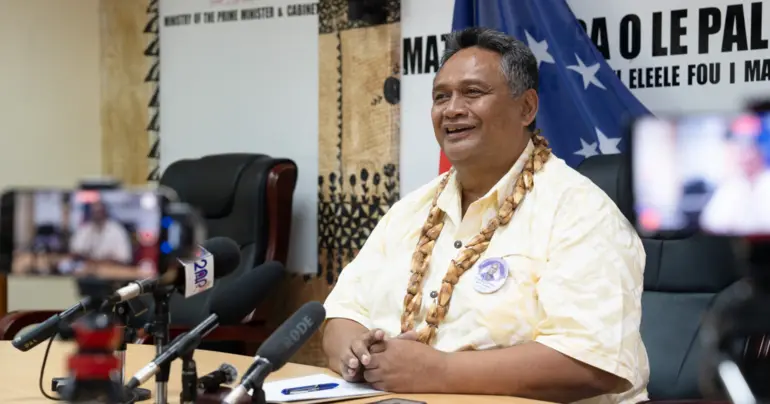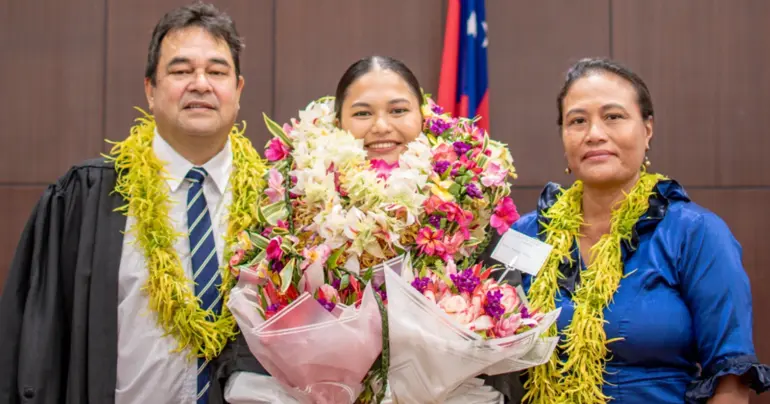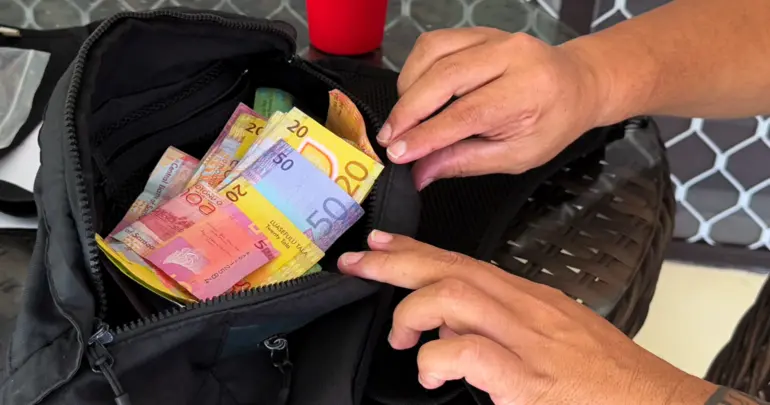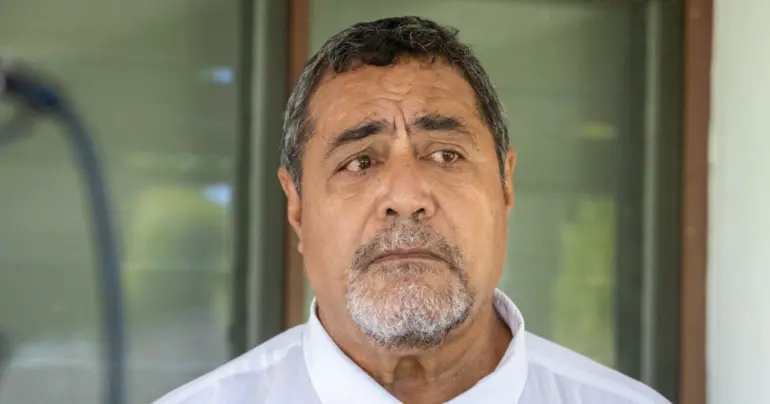What defines a cup of coffee for a connoisseur
Coffee has met its fame around the world, taking its aromatic palette in a dull street would mean you lighting a match in a dark tunnel.
Introducing a wide array of coffee concoctions from this cherry tree has had the world at its feet. The origins of the popular caffeine culture holds its ancestry dating back to the Ethiopian plateau of eastern Africa.
Coffee flushed through the 18th century and made its way later into smaller countries like Samoa in the 20th century. The birth of coffee in Samoa came with the Germans.
And according to Bunaa, a website dedicated to the origins of coffee, Samoa’s coffee foundation was laid in the 1930s.

Although this was not during the German rule, its immigrants had brought in the stimulant and started planting one of two types of coffee, called “robusta”.
A 1957 edition of the Pacific Islands monthly magazine showed a great influx of customers for the crop, mainly towards Australia, New Zealand and England.
Contrary to the peak of foreign liking, Samoan locals were fans of planting the crop, but were not interested in consuming the beverage at the time.
According to the Bunaa website, due to global interest for coffee, a women in business development initiative started in 2009 in partnership with New Zealand entrepreneurs, boosting a planting program with 300 Samoan farmers two years later.

And with the businesses interest in rich fine coffee grains for their C1 Espresso, consequently spurring on the debut of the Arabica coffee.
Although robusta was more prominent in Samoa at the time, Arabica was seemingly becoming a more acquired taste for most of its buyers.
The growth of the crop on the island was later affected by natural disasters that had hit the plantations and threatened the crop. Despite the decline in production, slowly over the years, the crop made its way back into Samoan hands.
Today, in almost every corner of the country's central business district, coffee is making a comeback with families reinvesting time and resources.
And where there is a morning rush of workers flocking to start a new day or a simple university student keen to stay awake, there is always a cup of coffee in hand, in sight or nearby.

Today our capital has become a centre of fusion of cafes of all shapes and sizes and we peer into the world of one of Samoa’s coffee connoisseurs Precilla Betham-Taua’a.
Precilla has been a coffee grower, roaster and distributor for over a year but has been in the coffee industry for almost 25 years.
She says that the caffeine horizons have been broadened with tourism, though an expectation of the standard coffee is welcomed, and is now slowly met by the Samoan coffee market.
“Samoa’s understanding of the taste for coffee has been growing, I am new to the coffee business but not new to the idea of it, it's in high demand!
“My brother in New Zealand has been in the coffee industry for quite some time and my father has been roasting, producing and distributing his own coffee for up to 25 years now. "Although I just joined the race recently, it's not new to me.”
Precilla and her family grow both robusta and Arabica coffee but the latter has dwindled in production.
She explains that the taste of coffee can be determined by its roasting methodology.

"My roasting method is very different to that of my fathers I do air-roasting which is a quicker, more controlled type of roasting,” she says.
"This allows me to control the heat as well as the quantity of the coffee I am roasting – this also allows the coffee grains to be [made] to a finer grain.
"My fathers’ method of roasting is more of the traditional – the drum roasting method and this form of roasting enables him to incorporate a larger quantity of coffee beans while on a one heat system, by that I mean however hot the fire is.
Precilla says coffee production is not an easy job but is a doable one and exclaims some of the complexities with the processing that many of today's coffee lovers know very little of.
"Green coffee beans can be kept for a period of 12 months to over 2 years, the coffee process is a timely one,” she says.
"Drying of coffee can take up to a few days and maybe weeks so we rely on the good weather to determine when we can properly dry our beans, after this process is done we haul off the skin of the cherries (inside are 2 beans).
“These are then set out to be roasted and once roasted we cannot leave it out for any longer than 14 days or three weeks so we immediately package them.
“During packaging we have to make sure that it is properly sealed so that the outside gases do not come into the packet (that can diminish the beans).
“On the pocket of every coffee pack there is a small hole or valve and this valve allows you to smell the coffee but importantly this valve is only to release air not to intake it so it acts as a preservation process for the beans.”











